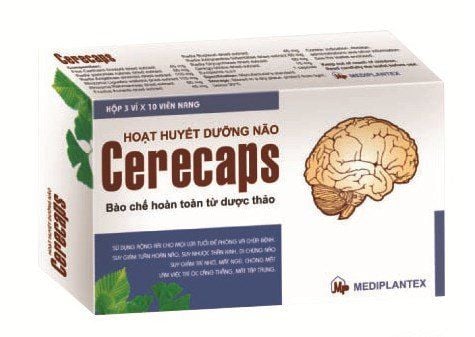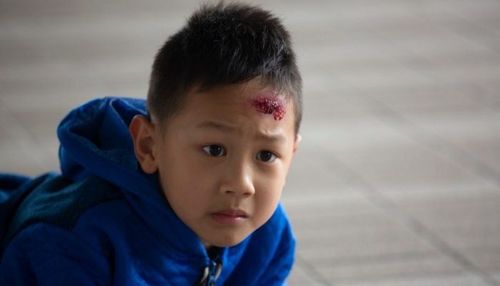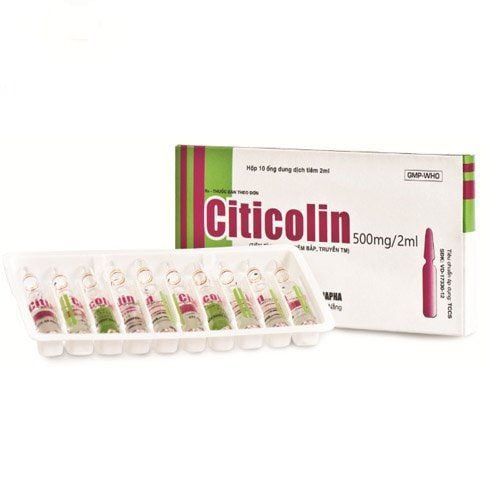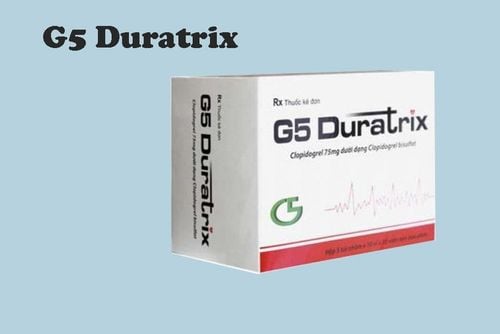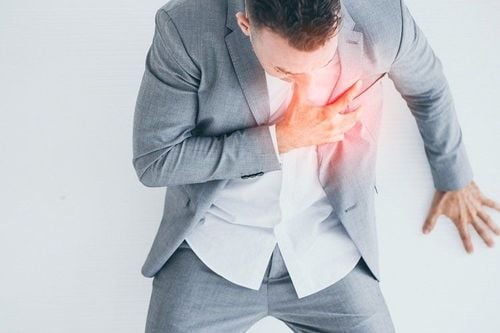This is an automatically translated article.
Article written by Doctor Le Thu Huong - Rehabilitation Doctor, High-Tech Unit for Treatment of Cerebral Palsy and Autism - Vinmec Times City International Hospital.
Characteristic of motor paralysis in this pathology is hemiplegia opposite the affected brain area, including the arms (upper limb), legs (lower extremities) and trunk muscles. In the acute phase, patients often have flaccid paralysis (ie, decreased muscle tone), after transitioning to the recovery phase, flaccid paralysis will change to spastic paralysis, the patient will have gradually increased muscle tone, This can lead to spasticity – rigid flexion of the upper extremities, and stiffness of the lower extremities, causing pain and making movement more difficult.
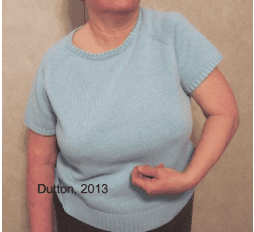
Gấp cứng chi trên sau tai biến mạch máu não
1. Consequences of motor paralysis in stroke patients
Mobility paralysis not only reduces or loses the patient's mobility, it also entails many problems that affect the health and recovery of these subjects, such as:
Shoulder sub-dislocation: 84% of patients suffer from pain and limitation of shoulder movement after a cerebrovascular accident due to shoulder subluxation, shoulder stiffness and stiffness, and shoulder periarthritis. In which, shoulder subluxation is the most common condition in the group of shoulder diseases in stroke patients. Normally, the shoulder joint has a greater range of motion than other joints in the body, so to ensure the flexibility and stability of the joint, it requires a good combination of the bone, ligament, and muscle system. When the patient has a stroke, especially in the stage of flaccid paralysis, the muscles around the shoulder joint and the upper extremity system are weak, along with the weight of the upper limb, making the shoulder joint loose and dislocated. Partially or completely, which causes pain, limits joint range of motion and slows down the recovery of hand movement.
To prevent shoulder semi-dislocation after a stroke, the patient should wear a shoulder strap when not in a lying position, and when taking care of, do not pull or pull the paralyzed arm. At the rehabilitation unit, patients will be assessed for the risk of sub-dislocation, practice range-of-motion exercises, accompanied by physical therapy methods to relieve shoulder pain, strengthen Circulating muscle around joints, stimulating muscles around joints to increase muscle strength such as joint ultrasound, muscle stimulation, pain relief...
Pneumonia: Rate of pneumonia in patients Stroke patients can meet from 6-22%, often related to problems with swallowing and aspiration. However, in patients with motor paralysis, lying for a long time, weak respiratory muscles can lead to pneumonia or worsen pneumonia, slow recovery time, increase the risk of death. Venous thrombosis: Normally, the venous system of the lower extremities wants to work properly thanks to the movement of the muscles in the legs, helping to push the blood in the venous system to the heart better. In patients with motor paralysis, this activity cannot take place normally due to muscle weakness or loss of movement, increasing the risk of blood clots in the venous system, causing embolism of the extremities, thereby leading to to leg edema, pain, or possibly pulmonary embolism and death. This is a dangerous complication that needs to be detected and treated early. Therefore, in order to reduce the risk of vascular occlusion and reduce the risk of death from vascular occlusion, increasing the mobility of the paralyzed side is one of the mandatory factors, right from the time the patient is still in the acute stage in the emergency unit.
In addition, patients may also experience muscle atrophy, stiffness, and osteoporosis due to motor paralysis after a stroke. These secondary injuries are not life-threatening, but slow recovery, and increase the risk of disability in stroke survivors.
2. Rehabilitation for people with motor paralysis after cerebrovascular accident
2.1 Therapeutic movement
Is the most necessary treatment indication for patients with motor paralysis from the first days after the stroke when they are still in the resuscitation - emergency units to prevent secondary diseases due to paralysis at risk. such as pneumonia, limb embolism, pulmonary embolism, shortening the treatment time and reducing accompanying sequelae.
Depending on the degree of paralysis, the type of paralysis, the patient's coordination ability, the patient is scheduled to be treated with different range of motion exercises:
Exercise according to joint range of motion: active or passive . Strength training. Practice moving in a lying position, from lying to sitting, from sitting to standing, moving to a wheelchair, moving in the toilet. Mobility training: when the patient's body is able to meet the needs of movement, the patient will be trained to walk and walk with supported walking exercises of leg brace, cane, walker, exercise Climbing stairs, complex terrain... Balance exercise when sitting, when standing. Exercises to inhibit spasticity: because after the acute phase paralyzed patients will begin to have spasticity, when severe, the patient will have spade feet, making it difficult to move and easy to fall. Therefore, exercises to inhibit spasticity will help patients reduce stiffness and make movement easier.
2.2 Therapeutic activities
While occupational therapy focuses on foot mobility, mobility, mobility, and whole-body mobility problems to limit complications, activity therapy focuses on problems. movement in the hand, especially the fine motor ability of the hand and recovery of independence in daily activities for paralyzed patients.At the therapeutic operation unit, patients will be trained in exercises to inhibit spasticity of the upper extremities, exercises to grasp objects from large to small, from light to heavy, and sensory stimulation exercises.
Practice daily living functions: practice dressing, practice personal hygiene (brushing teeth, washing face, combing hair...), practice using chopsticks - spoons - forks, practice cooking, practice using toilet...
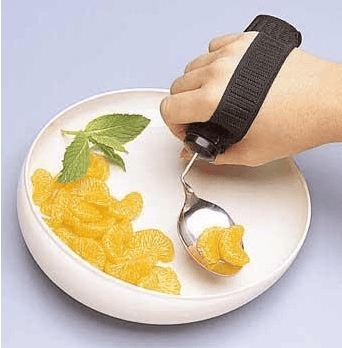
Hình ảnh thìa trợ giúp cho bệnh nhân liệt
2.3 Physiotherapy
Electrotherapy, heat therapy and hydrotherapy in the physiotherapy group are all very valuable for paralyzed patients in order to reduce neuropathic pain, reduce joint pain, increase muscle strength, and limit complications due to paralysis. .
3. Rehabilitation at home
Patients can practice occupational therapy and occupational therapy at home with the guidance of a technician or with the help and supervision of a guardian.
Some notes before performing rehabilitation at home:
It is necessary to evaluate the general condition and paralysis thoroughly by qualified doctors. Because stroke patients have many complicated health problems, such as cardiovascular diseases, cognitive disorders, and many sequelae, especially dangerous during exercise such as stiffness, osteoporosis, and limb embolism. .. if not detected early, it will lead to serious consequences such as broken bones, pulmonary embolism... Need to be guided in specific exercises by qualified medical staff: physiotherapeutic exercises and therapeutic activities must often be changed according to the schedule to match the patient's activity level and physical condition. Therefore, the patient and the practitioner or the supervisor must be regularly updated and detailed instructions Need supervision and assistance during exercise: due to limited mobility due to muscle weakness, muscle spasticity, balance and coordination disorders, in addition, may be accompanied by cognitive disorders, amnesia on the side of paralysis, vision disturbances... Patients with stroke are easy to fall even during exercise or during the process. daily activities. Therefore, patients need supervision and assistance throughout the rehabilitation exercise at home. Vinmec International General Hospital is one of the hospitals that not only ensures professional quality with a team of leading doctors, modern equipment and technology, but also stands out for its examination and consulting services. and comprehensive, professional medical treatment; civilized, polite, safe and sterile medical examination and treatment space.
Customers can directly go to Vinmec Health system nationwide to visit or contact the hotline here for support.





